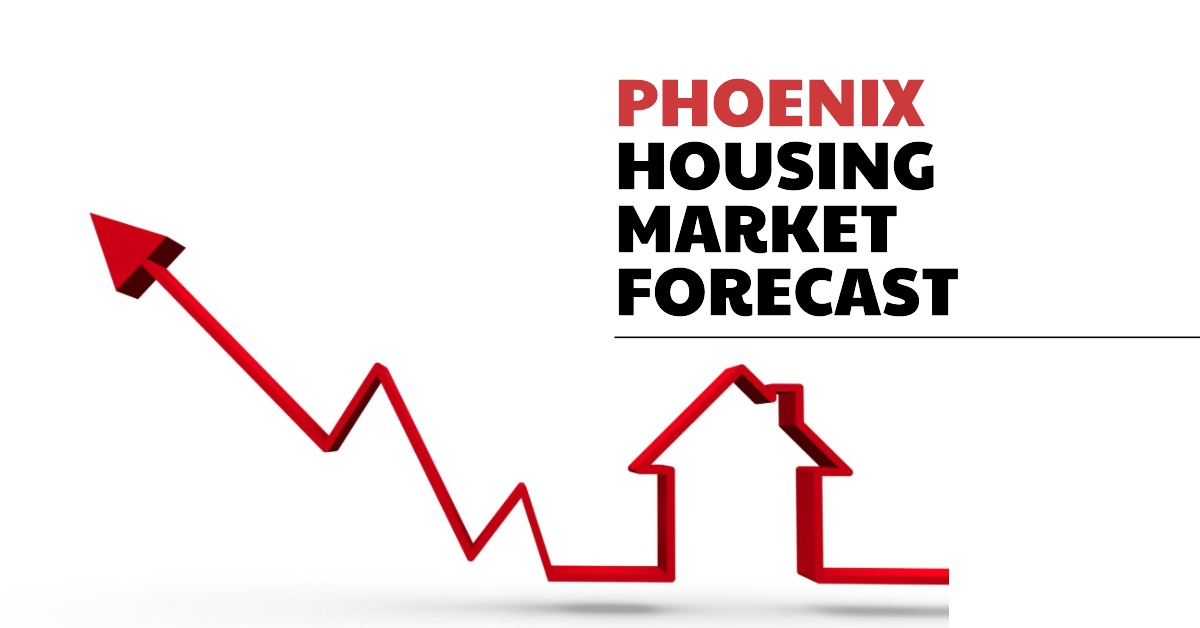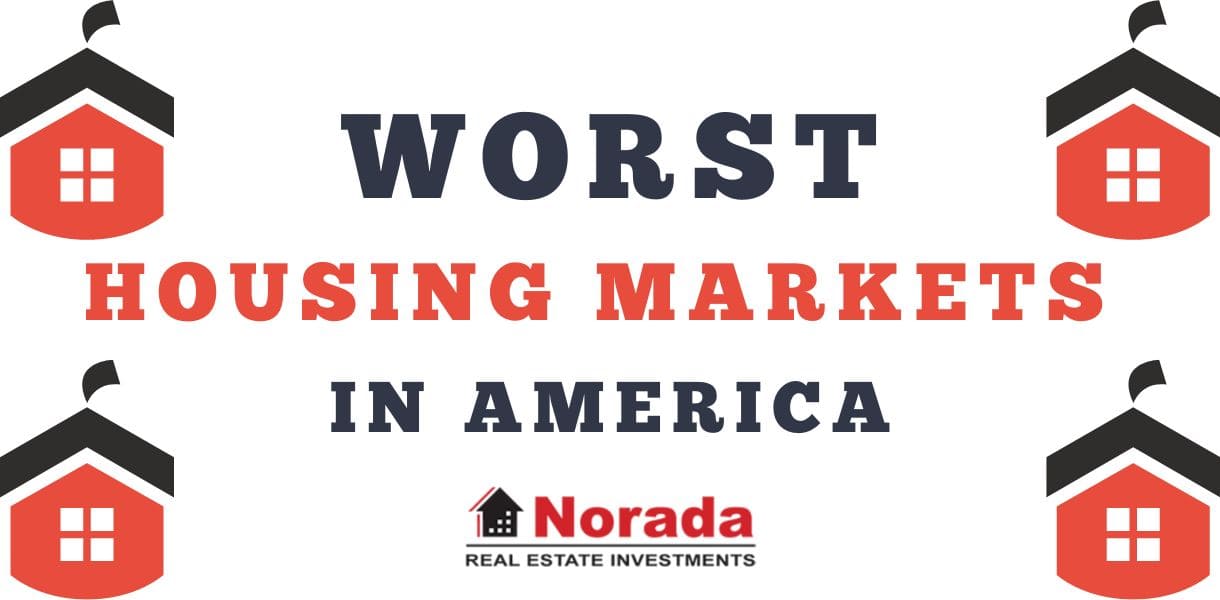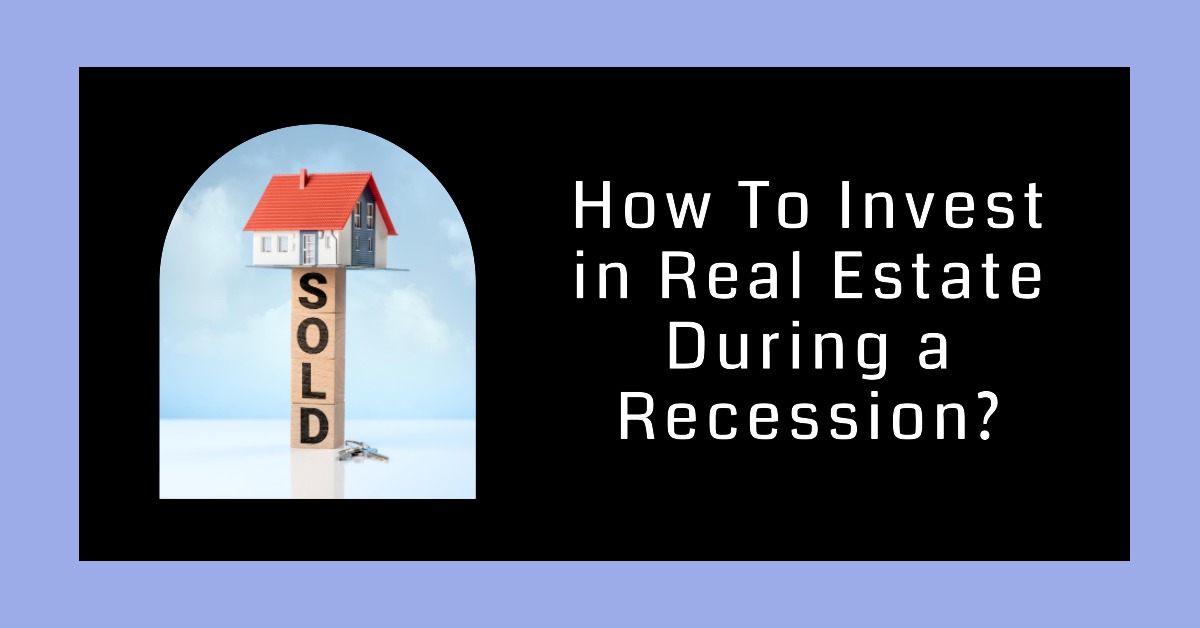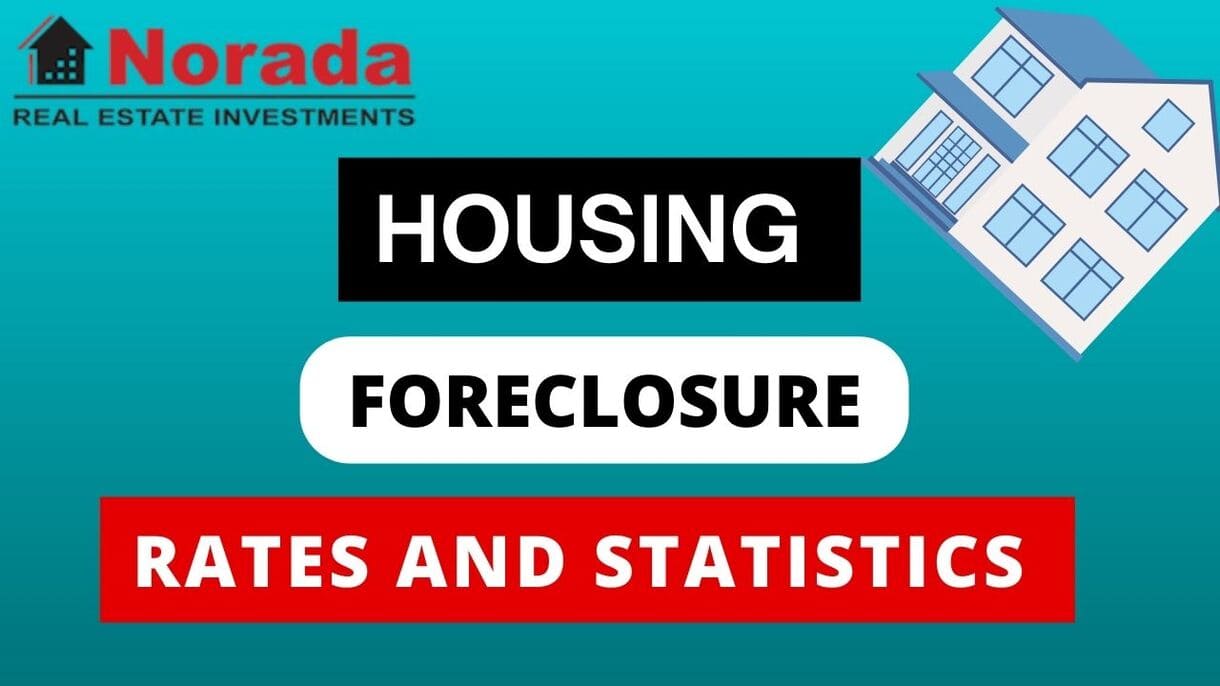If you're even thinking about buying or selling a home in the Phoenix area, you're probably wondering what's going on with our housing market. The current Phoenix housing market is showing signs of cooling slightly but remains competitive, with modest price increases in some areas and a forecast pointing towards gradual stabilization and potential growth in the coming year.
It's not the wildfire pace of a couple of years ago, but it's also not a freefall. We're in a more balanced, perhaps even slightly buyer-leaning phase, especially when you consider the longer time it's taking to sell a home. So, let's dive into the current Phoenix housing market trends and then look ahead to what the housing market forecast might hold for us.
Phoenix Housing Market Trends in 2025
Home Prices: A Slight Upward Tick
Let's talk about the big one: home prices. According to Realtor.com, in September, the median listing price in Phoenix was $475,000. Now, this is a slight increase from the month before. What's interesting is how this compares to what we usually see. Typically, the price per square foot in Phoenix tends to dip a bit in September. However, this year, it actually went up by 0.4% compared to August.
This might sound like a small change, but it's pretty significant when you look at the national picture. Across the U.S., the price per square foot decreased by 0.8%. This means that here in the Valley of the Sun, our home prices are actually holding their own and even slightly outperforming the national average in terms of price per square foot growth. It shows that demand, while not at its peak, is still present and pushing values up.
Housing Inventory: A Mixed Bag
When we talk about housing inventory, we're essentially looking at how many homes are available for sale. This is a crucial factor in determining whether it's a buyer's market or a seller's market.
In September, there were 3,411 homes for sale in Phoenix. This number was actually 1.2% lower than the month before. This is a bit of a bigger drop than we'd expect for this time of year, which usually sees more homes coming onto the market as summer winds down.
However, when you compare this September to last September, the story changes. The number of homes for sale was 24.0% higher than the same time last year. This is a huge difference and suggests that while we might be seeing a slight seasonal dip in new listings, overall, there are significantly more homes available now than a year ago. This increase in supply is a positive sign for buyers looking for more options.
Nationally, the story is a bit different. Active inventory across the U.S. saw a slight increase of 0.2% from the previous month.
New Listings: Not Quite as Many
Related to inventory is the number of new listings. In Phoenix, there were 1,324 new listings in September. This was 6.1% more than the month before, which is a good sign that sellers are still putting their homes on the market. However, it was 1.9% less than the same time last year. This slight decrease in new listings compared to last year, coupled with the shrinking overall inventory month-over-month, is what's keeping things a bit tight. Nationally, new listings actually fell by 1.8% from the previous month.
Time on Market: Homes are Taking Longer to Sell in Phoenix
This is a trend that many buyers and sellers are noticing: homes are taking longer to sell. In September, homes in Phoenix spent an average of 66 days on the market. That's two days less than the month before, which is a small positive.
But here's the key comparison: it's 14 days longer than the same month last year. This is a significant jump and indicates that the market has cooled down considerably from the frenzy we saw in recent years. Nationally, homes spent an average of 62 days on the market in September. So, while Phoenix is still a bit slower than the national average, the trend of longer selling times is clear. This longer time on market is a strong indicator that we are shifting away from a strong seller's market towards a more balanced, or even slightly buyer-friendly, environment.
Here's a quick summary of the September data from Realtor.com:
| Metric | Phoenix (September) | U.S. Average (September) |
|---|---|---|
| Median Listing Price | $475,000 | – |
| Price/Sq Ft Change | +0.4% (MoM) | -0.8% (MoM) |
| Active Inventory | 3,411 | 1,100,407 |
| Active Inv. Change | -1.2% (MoM) | +0.2% (MoM) |
| Active Inv. Change | +24.0% (YoY) | – |
| New Listings | 1,324 | 394,878 |
| New Listings Change | +6.1% (MoM) | -1.8% (MoM) |
| New Listings Change | -1.9% (YoY) | – |
| Days on Market | 66 days | 62 days |
| Days on Market Change | +14 days (YoY) | – |
My Take: I see these trends playing out. Sellers are having to be more realistic with their pricing and their expectations. Buyers, on the other hand, have a bit more room to negotiate and are less likely to be in bidding wars. The increased inventory year-over-year is the most encouraging sign for those hoping to enter the market.
Phoenix Housing Market Forecast for 2025 and 2026
So, what does all of this mean for the future? Predicting the future of any market is tricky, but we can look at expert forecasts and historical patterns to get a good idea.
The Outlook: Stabilization and Slow Growth
Zillow's data paints a picture of stabilization for the Phoenix-Mesa-Scottsdale area. Currently, the average home value is around $446,926, which is actually down 3.6% over the past year. Homes are going under contract in about 41 days, which aligns with the longer time on market we're seeing.
Here's what Zillow is forecasting for the Phoenix area:
Phoenix MSA Home Value Forecast
| Timeframe | Forecasted Change (%) |
|---|---|
| October 2025 | -0.2% |
| December 2025 | -0.7% |
| September 2026 | +0.6% |
This forecast suggests that we might see a slight dip in home values towards the end of 2025, but then expect a modest recovery and slight growth by September 2026. This isn't a boom, but it's not a bust either – it's a sign of a market finding its equilibrium.
Comparing Phoenix to Other Arizona Regions
It's always helpful to see how Phoenix stacks up against other areas in Arizona.
Arizona MSA Home Value Forecast Comparison
| Region | October 2025 | December 2025 | September 2026 |
|---|---|---|---|
| Phoenix, AZ msa | -0.2% | -0.7% | 0.6% |
| Tucson, AZ | -0.2% | -0.4% | 0.6% |
| Lake Havasu City, AZ | 0.1% | 0.1% | 1.0% |
| Yuma, AZ | 0.2% | 0.5% | 3.5% |
| Flagstaff, AZ | 0.2% | 0.6% | 3.8% |
| Sierra Vista, AZ | 0.1% | 0.2% | 0.8% |
| Show Low, AZ | 0.1% | 0.1% | 2.7% |
As you can see, Phoenix and Tucson are forecasted to have the most stable, with slight declines followed by modest gains. Other areas like Yuma and Flagstaff are predicted to see stronger growth in the longer term. This suggests that while Phoenix is stabilizing, other parts of Arizona might see more dynamic price changes.
The Nationwide Picture: A More Optimistic Tone
Looking at the national forecasts from Zillow and NAR provides a broader context.
Key National Housing Market Predictions:
- Home Value Growth: After a flat period in late 2025, Zillow expects annual home value growth to gradually increase, reaching almost 1.9% by August 2026. This indicates a slow but steady recovery nationwide.
- Home Sales Forecast: Zillow predicts that home sales will end 2025 slightly above 2024 levels, reaching around 4.07 million. This suggests increased activity in the market.
- Rent Forecast: Rents are expected to continue cooling down, with lower growth rates in 2025 compared to previous years.
- NAR's Optimistic Outlook: Lawrence Yun, Chief Economist for NAR, has a particularly bright outlook, calling for “brighter days.”
- Existing Home Sales: Expected to rise 6% in 2025 and accelerate by 11% in 2026. This is a significant jump, pointing to a strong rebound in transactions.
- New Home Sales: Projected to climb by 10% in 2025 and another 5% in 2026. This is great news for increasing the housing supply.
- Median Home Prices: Forecasted to increase modestly by 3% in 2025 and 4% in 2026. These are healthy, sustainable growth rates.
- Mortgage Rates: Anticipated to average 6.4% in the latter half of 2025 and drop to 6.1% in 2026. Lower mortgage rates are often referred to as a “magic bullet” because they significantly improve affordability for buyers.
My Take on the Forecast: What I'm hearing from these experts aligns with what I'm seeing on the ground. The era of rapid, unsustainable price hikes seems to be over for now. Instead, we're moving towards a more normal market where prices appreciate at a slower, more predictable pace. The increase in expected home sales and the projected decrease in mortgage rates are particularly exciting. These factors combined should make homeownership more attainable for more people in the coming year or two.
So, Will Home Prices Drop in Phoenix? Can it Crash?
Based on the current trends and the forecasts, a crash in Phoenix home prices is highly unlikely. While we've seen some year-over-year decreases in average home values according to Zillow, the overall trajectory and expert predictions point towards stabilization and modest growth.
The factors that typically lead to a market crash – like widespread job losses, a huge oversupply of homes, and a credit crunch – aren't really present in Phoenix right now. Instead, we have:
- Growing Population: Phoenix continues to be a desirable place to live, attracting new residents.
- Limited Supply (Historically): While inventory is up from last year, it's still not at levels that would indicate an oversupply.
- Stronger Lending Standards: The lending environment is much more stable than it was leading up to the 2008 recession.
What we are likely to see is a more balanced housing market where both buyers and sellers have a fair chance. Buyers might have a bit more negotiating power, and sellers need to price their homes accurately. The days of bidding wars on every single listing are likely behind us, at least for the immediate future.
A Peek into 2026 and Early 2027
Looking even further out, the forecasts suggest a continued trend of modest appreciation. By the end of 2026 and into early 2027, we can likely expect:
- Continued Home Value Growth: Building on the positive trends expected in late 2025 and 2026, home values in Phoenix should see steady, sustainable growth. We're not talking about doubling in a year, but consistent increases that build equity over time.
- Increased Home Sales Volume: As mortgage rates potentially settle into a more manageable range and buyer confidence returns, we should see a healthy number of transactions.
- More Balanced Market Conditions: The time on market might continue to normalize, but the extreme shifts from seller to buyer dominance are less likely. It will probably settle into a comfortable rhythm where good homes in good locations still move quickly, but homes with issues or priced incorrectly will take longer to sell.
- Potential for Further Inventory Growth: As the market becomes more predictable, more sellers might feel comfortable listing their homes, leading to a more robust housing supply.
In my experience, these longer-term forecasts tend to be more reliable than short-term predictions. The underlying demand for housing in the Phoenix area, combined with the economic growth we've seen, suggests a positive long-term outlook, even if there are minor fluctuations along the way.
Want Better Cash Flow? Invest in High-Demand Housing Markets
Turnkey rental properties in fast-growing housing markets offer a powerful way to generate passive income with minimal hassle.
Work with Norada Real Estate to find stable, cash-flowing markets beyond the bubble zones—so you can build wealth without the risks of ultra-competitive areas.
🔥 HOT NEW LISTINGS JUST ADDED! 🔥
Talk to a Norada investment counselor today (No Obligation):
(800) 611-3060
Recommended Read:
- Arizona Housing Market: Trends and Forecast
- 12 Best Places to Live in Arizona
- When Will the Housing Market Crash in Arizona?
- Arizona's Housing Crisis: Young Adults Struggling to Find Home
- Scottsdale Housing Market: Trends and Forecast
- Tucson Housing Market Trends and Forecast
- Top 10 Priciest States to Buy a House by 2030: Expert Predictions
- 10 Best Real Estate Markets for Investors in 2025





